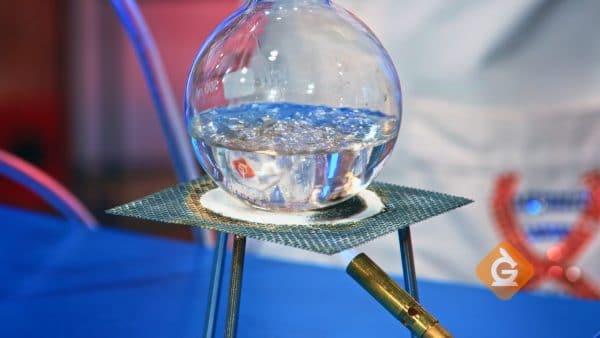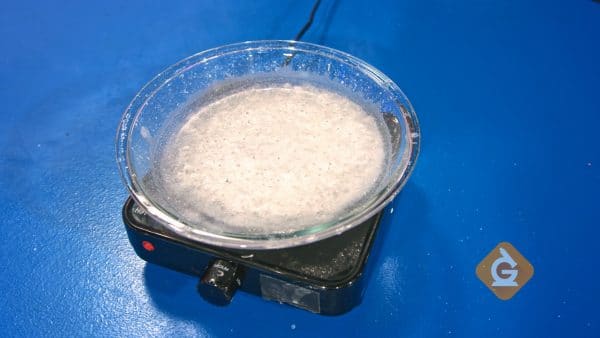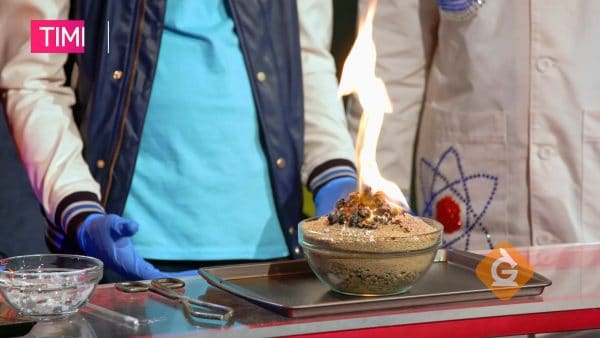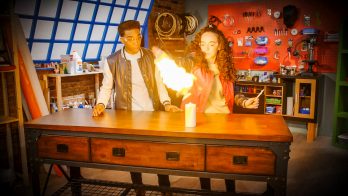The Law of Conservation of Matter says that the amount of matter stays the same, even when matter changes form. Sometimes it may seem that matter disappears during a science experiment, but this law tells us that matter cannot magically appear or disappear, it simply changes from one form to another. Another way to explain the law of conservation of matter is to say that things cannot be magically created or destroyed.
To better understand how the law of conservation of matter works….
LET’S BREAK IT DOWN!
Matter never vanishes.

Matter is anything that has weight and takes up space. Anything you can see and touch is matter. Remember, matter has three main forms: solid, liquid, and gas.
Matter can change from one form to another. For example, water can be boiled, which turns it into a gas. It might seem like the boiling water vanished, but it just changed into a form we cannot see, called water vapor.
When a substance dissolves, it simply changes form.

Some matter, like sugar, can also be dissolved into a liquid. This is another way matter can change form. In our full properties of matter episode, we show that when sugar is dissolved in water, it seems to disappear. It didn’t.
The sugar simply dissolved into the water and you could no longer see it. Later, when the water was evaporated through boiling, the sugar crystals reappeared. They were there the whole time.
When a new substance is made, it is created from existing matter.

Some science experiments make it seem like new things are magically created. Like when Dr. Jeff made a fire snake in the video, it seemed like the snake magically appeared.
To prove that nothing magical took place, the materials were weighed before and after the experiment. The weight after the experiment was almost exactly the same as the weight before the experiment. That’s because the amount of matter was conserved.
The amount of matter is conserved when a substance changes form.

When matter changes drastically it is not actually destroyed. This can be tested by weighing all the materials involved in an experiment before starting it, and again after the experiment. Comparing the weights proves that there is still the same amount of matter. It simply changes form.
For example: dry ice is made of solid carbon dioxide. If you watch dry ice, it might seem like it is disappearing. By putting it in a flask and sealing it off with a balloon, you can capture the gas and show that the weight of all the materials together does not change.

































































































































 Select a Google Form
Select a Google Form












